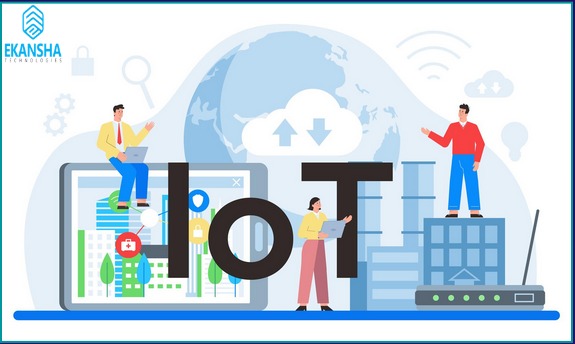
IoT alludes to the corporation of actual gadgets, vehicles, domestic apparatuses, and different things set up with hardware, programming, sensors, actuators, and network that empower these gadgets to interface and exchange records. This interconnectedness considers regular joining and robotization of cycles, similarly growing talent, and converting how we communicate with our contemporary circumstance. Applications Across Ventures
Shrewd Homes: IoT gadgets like savvy indoor regulators, lighting, and safety frameworks empower assets holders to govern and display screen their home from a distance, improving consolation and protection.
Medical care: IoT assumes a important component in a long way off tolerant staring at, scientific device blend, and steady health following, running on persistent consideration and functional effectiveness in hospital therapy settings.
Fabricating: Modern IoT (IIoT) advances generating methods through prescient support, stock community the board, and aid following, prompting improved performance and decreased margin time.
Transportation: IoT-empowered preparations in transportation contain vehicle telematics, armada the executives frameworks, and savvy traffic the board, improving protection, productiveness, and manageability.
Advancement Strategies
Equipment Determination: Picking the proper gadget parts and sensors in mild of assignment prerequisites and ecological elements is important for IoT gadget improvement.
Availability Choices: Choosing proper correspondence conventions (e.G., Wi-Fi, Bluetooth, Zigbee, LoRa) in mild of reach, electricity utilization, and information move conditions.
Information The executives: Carrying out strong information stockpiling and handling preparations, regularly utilising cloud levels for adaptability,
 Contact us
Contact us